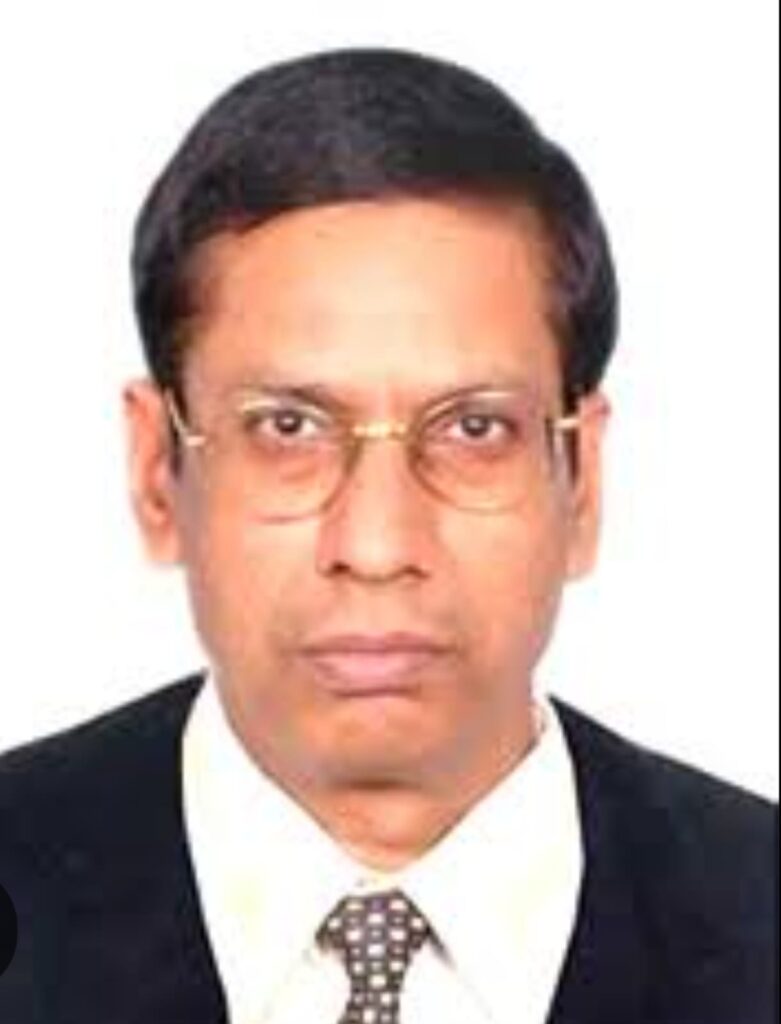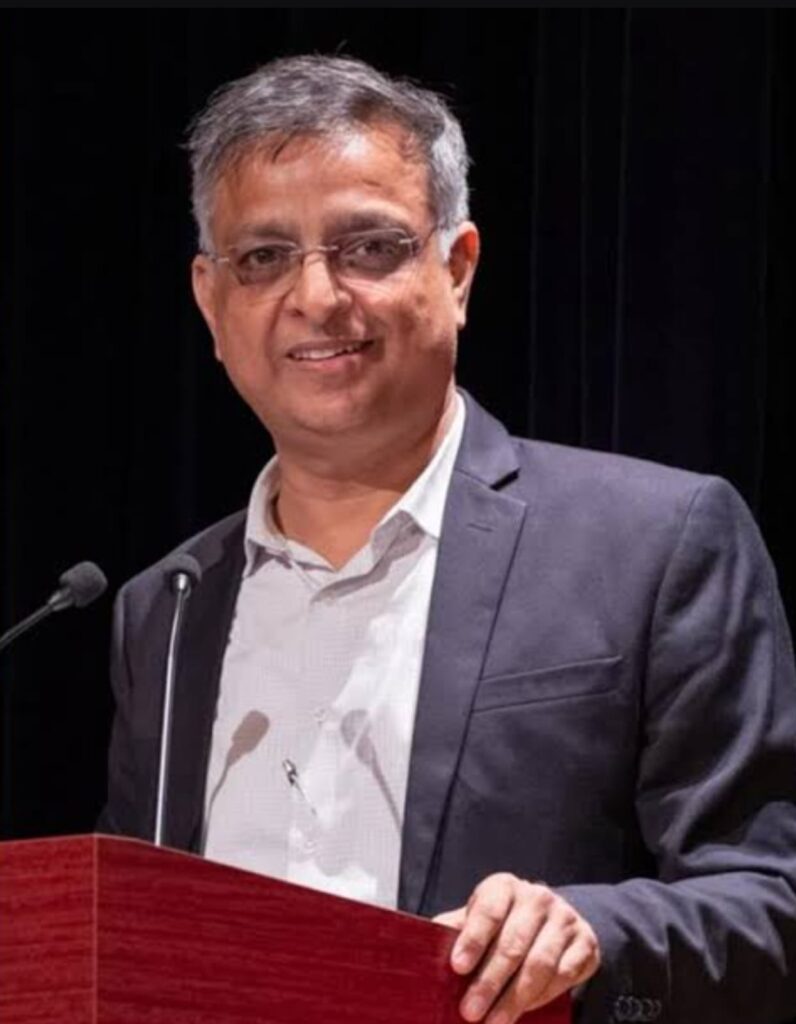Article Today, Hyderabad:
A serious debate is unfolding within India’s administrative system. Senior IAS officer Ajitabh Sharma from Rajasthan has stirred the hornet’s nest with a candid LinkedIn post. He stated that most IAS officers spend nearly 80% of their time on non-core activities, leaving only 20% for their core administrative responsibilities. His remarks have triggered wide-ranging discussions on governance efficiency across the country.
Reports, Meetings, and Illusions of Productivity
According to Sharma, officers today are bogged down with routine activities—meetings, legal replies, RTI responses, report drafting, correspondence, and media monitoring. Though necessary for running an office, these tasks are eating into the time meant for meaningful governance. The illusion of being busy is often mistaken for effectiveness, he pointed out.
Core vs Non-Core: A Leadership Blind Spot
The confusion between core and non-core tasks is a growing concern. Sharma defined non-core work as duties not directly aligned with the primary responsibilities of an officer. Despite being essential, these tasks do not help in achieving strategic objectives. Officers, trapped in a cycle of administrative formalities, lose sight of broader goals and long-term impact.
Missing the Real Challenge…
Sharma emphasized that core tasks—such as managing rural development, water supply, energy, health, education, agriculture, and infrastructure—should command the officer’s focus. These are the areas where public service truly translates into visible change. As the Principal Secretary of Rajasthan’s Energy Department, Sharma has realigned his priorities to focus more on sector-specific development rather than day-to-day paperwork.
A National Reflection Triggered
His bold take has resonated with many, sparking introspection among bureaucrats and citizens alike. One social media user observed that being productive is not the same as being busy. Another praised Sharma for earlier leading Rajasthan’s ‘Rising Rajasthan’ initiative and hoped he would transform the energy sector with similar zeal.
Case Studies of Administrative Styles
In Telangana, real-life examples reflect Sharma’s concerns. A senior IAS officer, entrusted with a crucial government scheme, is reportedly failing due to his obsession with routine meetings and control-based management. Another officer, often unavailable citing personal chores, is criticized for neglecting urgent responsibilities.

On the other hand, retired IAS officer Suresh Chanda is remembered for his disciplined approach. He worked strictly within office hours but completed all files and meetings efficiently. When questioned about his early departure, he remarked, “With good coordination between core and non-core tasks, everything can be done during office hours.” His office was equipped with CCTV cameras—symbolizing his commitment to transparency.
Systemic Flaw Needs Systemic Fix…
Ajitabh Sharma’s insights expose a deeper flaw in India’s governance structure. The pressure of non-core work is affecting the ability of departments to deliver impactful results. He argues for clearer division of responsibilities, better delegation, and smarter use of digital tools to reduce administrative burden.

Conclusion: A Wake-Up Call
Sharma’s statement is not just a critique; it is a call for reform. If ignored, the obsession with process over progress could hamper service delivery and institutional integrity. Real governance lies in outcomes, not just activity. It is time for India’s bureaucratic machinery to reflect, reset, and refocus.




Most of IAS officers review programmes now a days without any basic knowledge about it and when any officer gives any suggestion they don’t like and. More they are busy in implementing states politically driven programmes and harrass employees for targets